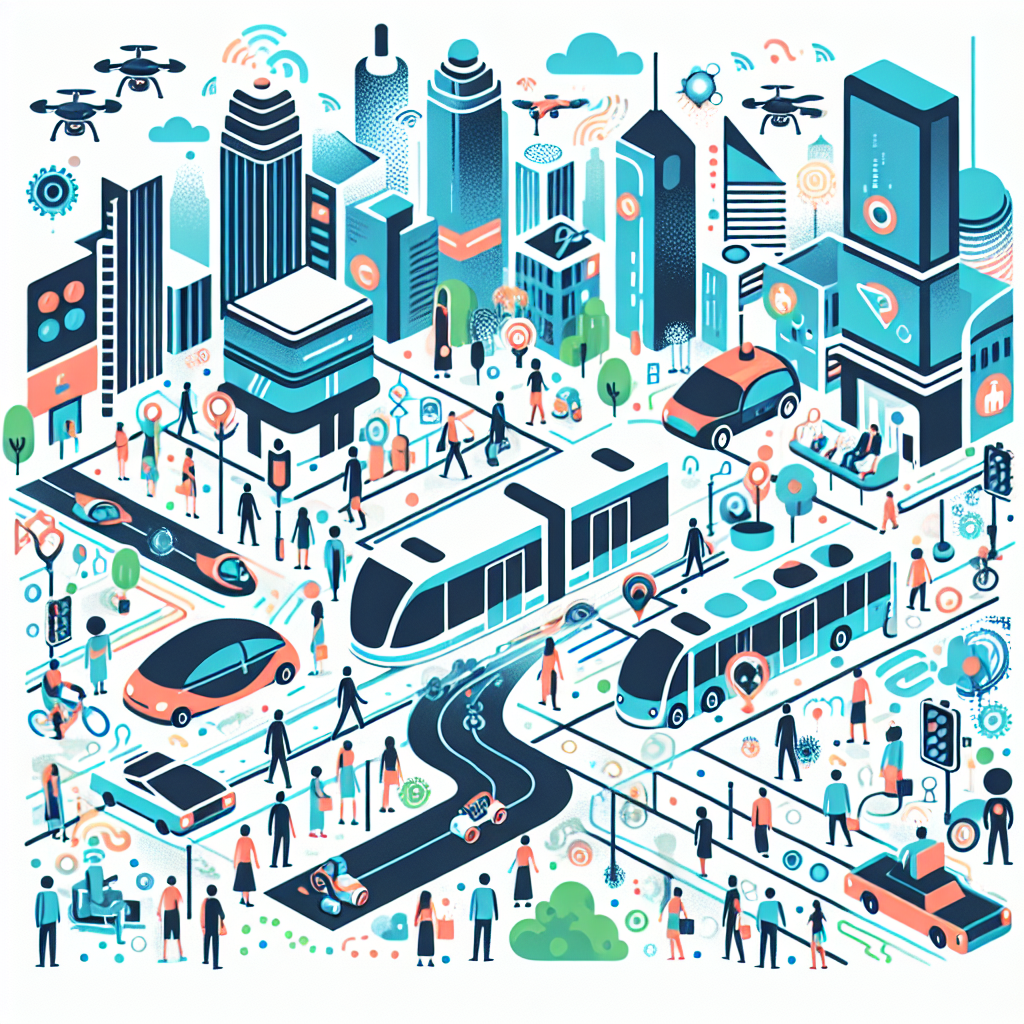AI in Transportation: Your Questions Answered!
Curious about how artificial intelligence (AI) is transforming the way we move? You’re in the right place! From self-driving cars to intelligent traffic management, AI is revolutionizing transportation in ways we once only dreamed about. Let’s dive into some of the most frequently asked questions with our expert answers.
What is AI in transportation?
AI in transportation refers to the application of artificial intelligence technologies to improve various aspects of traveling and commuting. This includes everything from autonomous vehicles to smart traffic lights, and even sophisticated dispatch systems for public transit.
How do self-driving cars work?
Great question! Self-driving cars use a combination of AI, sensors, cameras, and radar to navigate roads. They are designed to interpret sensory data to identify obstacles, read traffic signals, and follow mapped routes. These systems use machine learning to improve over time, learning from each driving experience to become better and safer drivers.
What are the benefits of AI in transportation?
- Enhanced Safety: AI can help reduce accidents caused by human error. Autonomous vehicles and driver assistance systems can react faster than humans in many situations.
- Increased Efficiency: AI optimizes traffic flow, reducing congestion and travel time. Smart traffic lights that adapt to real-time conditions are a perfect example.
- Environmental Benefits: Efficient routing and reduced idling times contribute to lower emissions and fuel consumption.
- Convenience: On-demand ride services and efficient public transit scheduling cater to our fast-paced lifestyles.
Are self-driving cars safe?
Safety is the top priority in the development of self-driving technology. While no system can guarantee 100% safety, autonomous vehicles undergo rigorous testing to ensure reliability. In fact, many experts believe that as the technology matures, self-driving cars will significantly reduce traffic accidents. However, there are valid concerns, and ongoing research is essential to address these issues fully.
How is AI used in public transportation?
AI improves public transportation in several innovative ways:
- Efficient Scheduling: AI algorithms can predict passenger demand and optimize bus or train schedules accordingly.
- Real-time Updates: AI systems provide passengers with real-time updates on delays and alternative routes.
- Adaptive Traffic Signals: Smart traffic lights can reduce delays for buses and emergency vehicles.
- Cost Savings: By optimizing routes and schedules, transit operators can reduce operational costs.
Will AI take away transportation jobs?
This is a common concern. It’s important to understand that while AI will change certain job roles, it will also create new opportunities. For instance, there will be a growing demand for roles in AI system maintenance, cybersecurity, and logistics. The key lies in reskilling and upskilling the workforce to adapt to new job requirements.
What’s the future of AI in transportation?
The future is bright and exciting! We can expect even more advanced self-driving cars, improved AI traffic management systems, and smarter public transit solutions. Additionally, AI will play a critical role in the development of electric and autonomous logistics vehicles, further transforming how goods are transported.
So, there you have it! AI in transportation is set to innovate and improve our daily commutes, making travel safer, more efficient, and environmentally friendly. If you have more questions, feel free to ask us. We’re here to keep you in the loop on all things AI!
